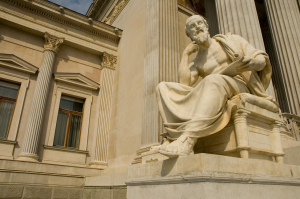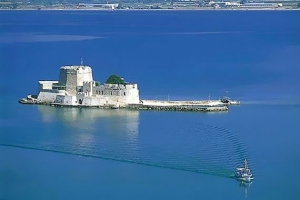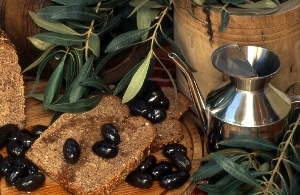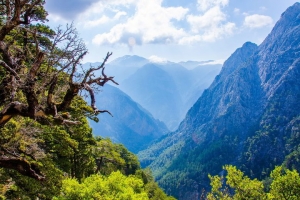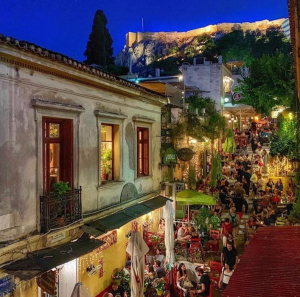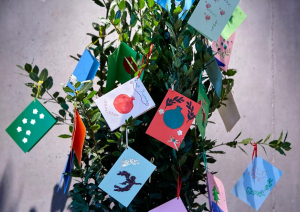BUSINESS CENTRE
XpatAthens
Books About Famous Greek Philosophers Worth Reading (Translated into English)

- Key Work: The Republic
Plato’s The Republic remains a cornerstone of political philosophy and ethics. This dialogue examines justice, governance, and the nature of the ideal state. Translations by Benjamin Jowett or newer ones like those by Allan Bloom are particularly respected.
- Additional Recommendations:
- Plato: Complete Works, edited by John M. Cooper, compiles all of Plato’s dialogues, including The Symposium and Phaedrus, which explore love, rhetoric, and the soul.
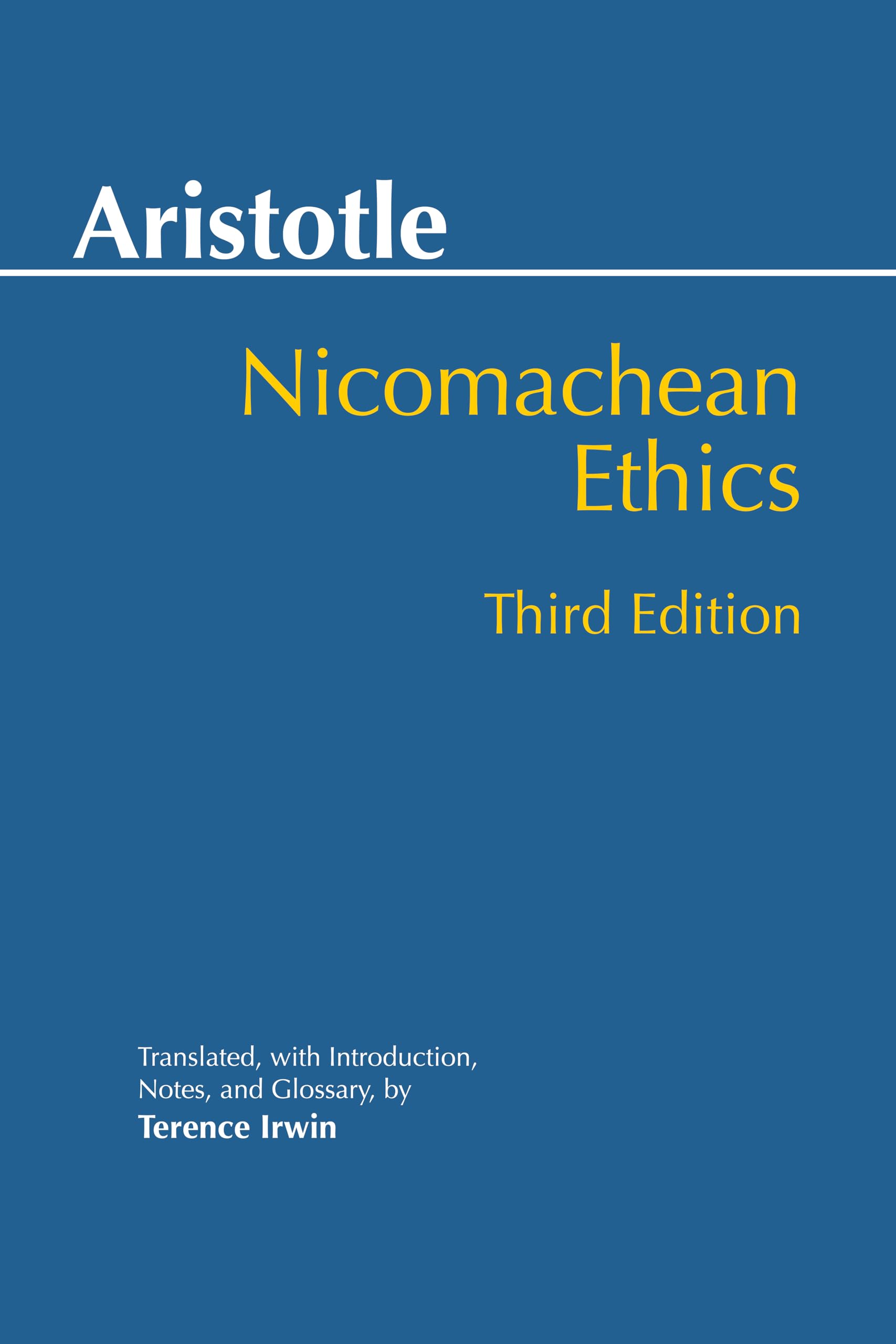
- Key Work: Nicomachean Ethics
Aristotle’s exploration of the “good life” through virtue ethics is a profound guide to personal and moral development. Terence Irwin's translation is particularly well-regarded.
- Additional Recommendations:
- Metaphysics: This work delves into the nature of being and reality, offering insight into Aristotle's philosophical system.
- Politics: Essential reading for understanding governance, citizenship, and Aristotle’s vision of the ideal state.

- Key Work: Apology by Plato
This dialogue portrays Socrates’ defense during his trial, embodying his commitment to truth and philosophy. It’s a gripping introduction to his ideas and personality.
- Other Sources:
- Xenophon’s Memorabilia and Apology: These offer an alternative perspective on Socrates' teachings and trial.
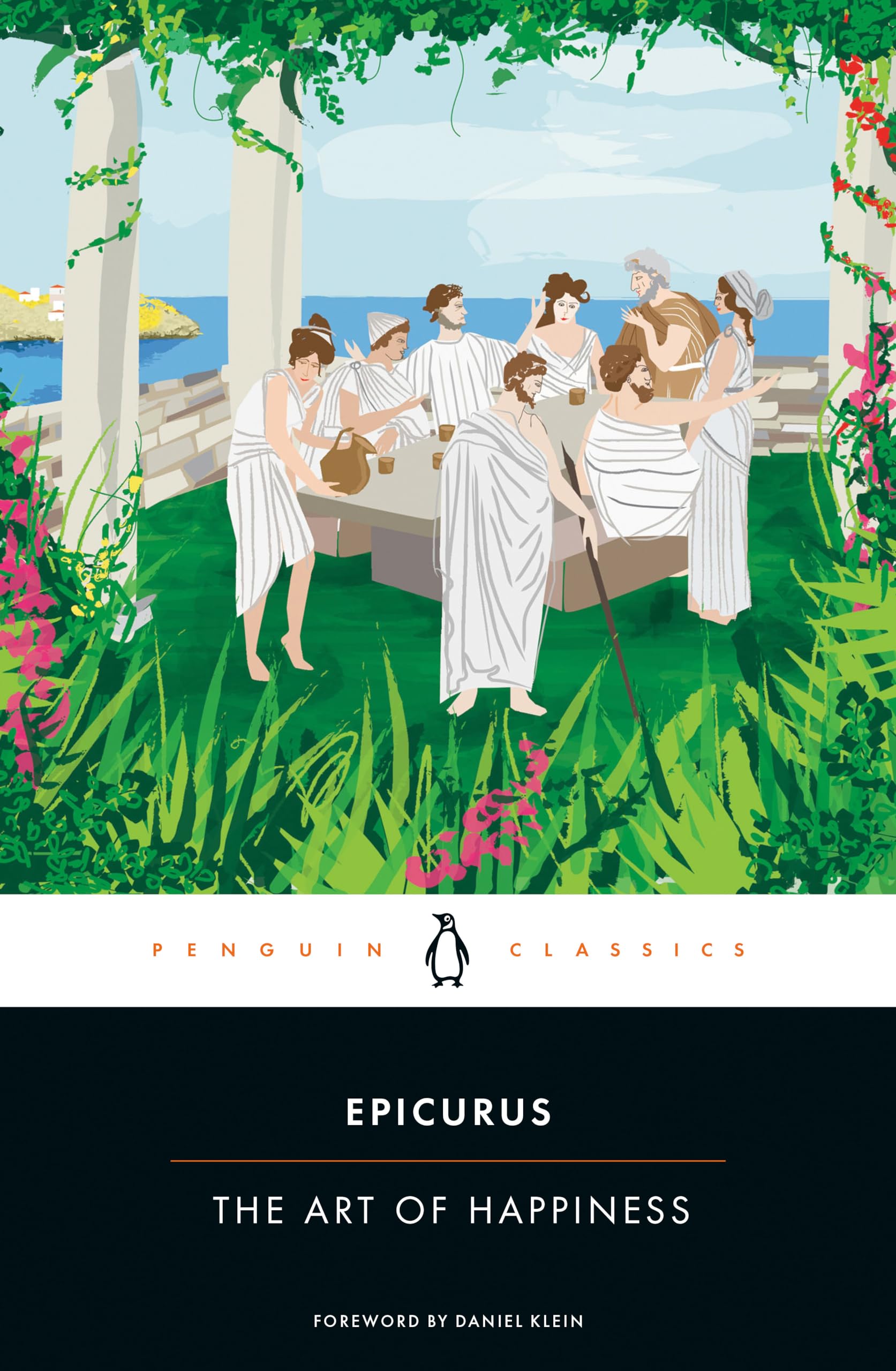
- Key Work: The Art of Happiness (translated by George K. Strodach)
A collection of Epicurus’ letters and teachings, focusing on his philosophy of simple pleasures, friendship, and avoiding unnecessary desires.
- Commentary:
- Epicurus and His Philosophy by Norman W. DeWitt provides a detailed exploration of his thought and legacy.
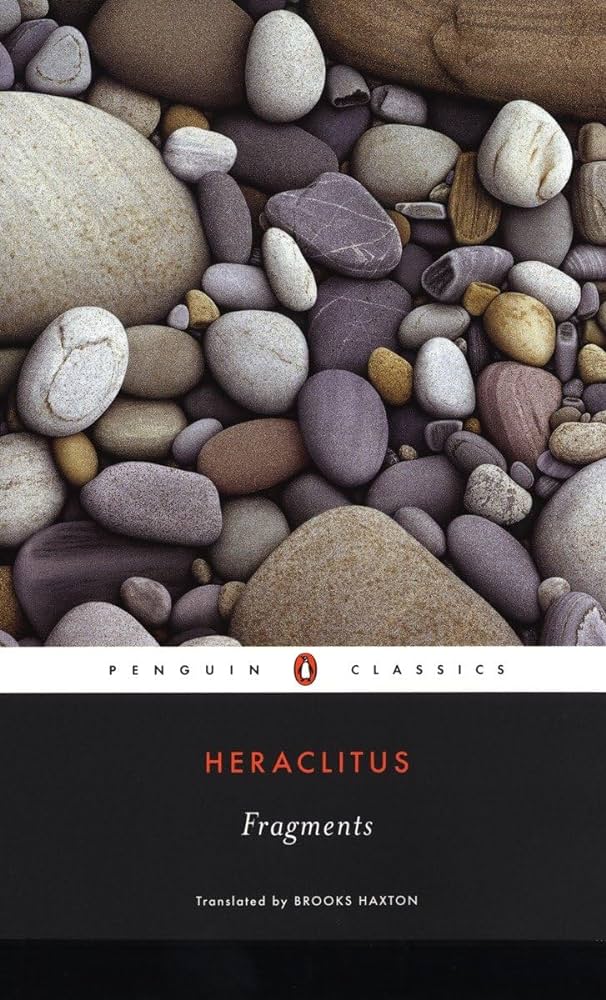
- Key Work: Fragments (translated by Brooks Haxton)
Heraclitus’ enigmatic aphorisms on change and the unity of opposites are a window into his revolutionary thinking.
- Companion Read:
- Heraclitus: The Cosmic Fragments by G. S. Kirk offers detailed explanations and interpretations.
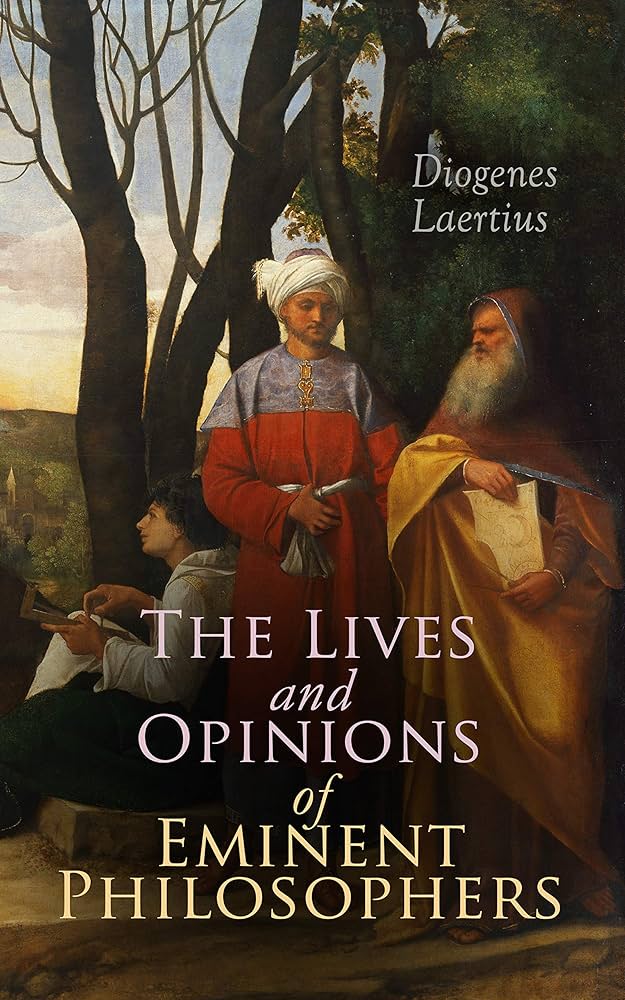
- Key Work: Diogenes: The Cynic Philosopher
While Diogenes wrote little, anecdotes of his life are preserved in The Lives and Opinions of Eminent Philosophers by Diogenes Laërtius (translated by C.D. Yonge).
- Modern Biography:
- The Philosophy of Diogenes by Luis E. Navia offers a comprehensive analysis of his unconventional philosophy.

-
Key Work: Meditations by Marcus AureliusThis personal journal is a cornerstone of Stoic philosophy, focusing on inner peace and resilience.
-
Other Recommendations:
-
Discourses by Epictetus: A practical guide to Stoicism and virtuous living.
-
The Stoics Reader, edited by Brad Inwood and Lloyd P. Gerson, offers selections from various Stoic philosophers.
-
Travelling By Hire Car: The Best Places To Visit In The UAE
Here's a list of some amazing outdoor destinations your rented car will take you to!
Jebel Jais
It is the highest mountain in the Emirates. It is a very popular holiday destination. Most people come here on weekends. There are huge canyons, eroded landscapes, and barren rocks. There are also a lot of wild animals. You can rent a car to visit this adventure zone. There is even a ziplane to enjoy panoramic views of the mountains. Remember that the Jebel Jais zipline is the longest in the world. You can fly a distance of 2.8 kilometres at speeds up to 150 km/h.
The location can be reached by car. After that, you will have to climb the mountain on foot. The trail goes from the village of Al Hamra and up through the terrain, where you will get incredible views. You can also drive until you get down to the bottom, where the hiking starts.
Liwa Desert
If you rent a vehicle and head south from Abu Dhabi, you'll arrive at the Rub Al Khali or 'Empty Quarter' location after 1.5 hours. There are over 255,000 square miles of wilderness here. Simply put, it is the largest sandy terrain in the world. You can explore the huge dunes and mesmerising views. To drive through the desert in an off-road vehicle is to explore the mesmerising beauty of the earth. It is located on the border of 4 countries: Saudi Arabia, Yemen, Oman, and UAE.
Snoopy Island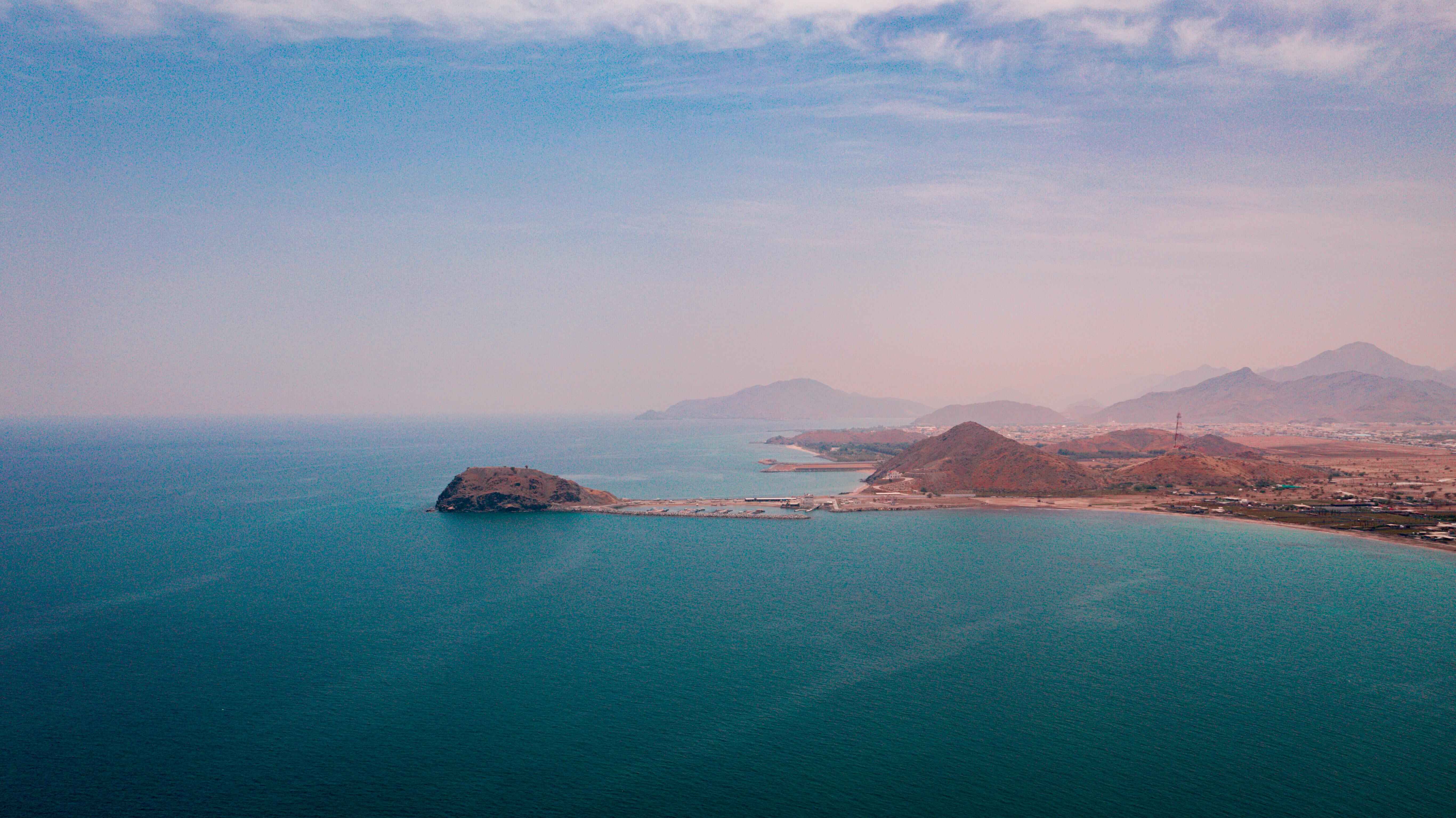
There is a small rocky island in the emirate of Fujairah. To visit it, you can hire a vehicle and go to the northern coast, which is located in the Gulf of Oman. Snoopy Island was named after 3 sections of rocks. They are towering, thus forming an image of Snoopy with a nose, belly, and legs, sitting on top of his dog box. Apart from the image of the mountain, there are also many tourist attractions - you can go scuba diving, and professional divers often visit the place. There are also plenty of quiet spots to relax and enjoy the views.
Wadi Shawka
If you want to see some incredible scenery, we recommend contacting a car rental company for an off-road vehicle that will take you to a real oasis in the Emirates desert. Wadi Shawqa is an incredible place where there are many donkeys, camels, goats and a huge number of birds. The scenery here is incredible - lots of small mountains and rolling hills. It's rare to find such a thing in the UAE. Walking along the pebble paths, you can enjoy the scenery of palm trees, natural springs, and small ponds. You can even bring your bikes, as this location is ideal for active two-wheeled travelling.
Big red dunes
Another great holiday option is to find a car rental service in the UAE to go to a location near Al Badayer. The big red dunes are perfect for quad biking or sand skiing enthusiasts. Big Red is a huge dune that is close to the city. Apart from doing sports, you can also enjoy the scenic views here. You don't have to bring motorised equipment if you want extreme sports. Near the dunes are many motorbike hire services for travelling through the sandy terrain, buggies, and quad bikes.
Kite Beach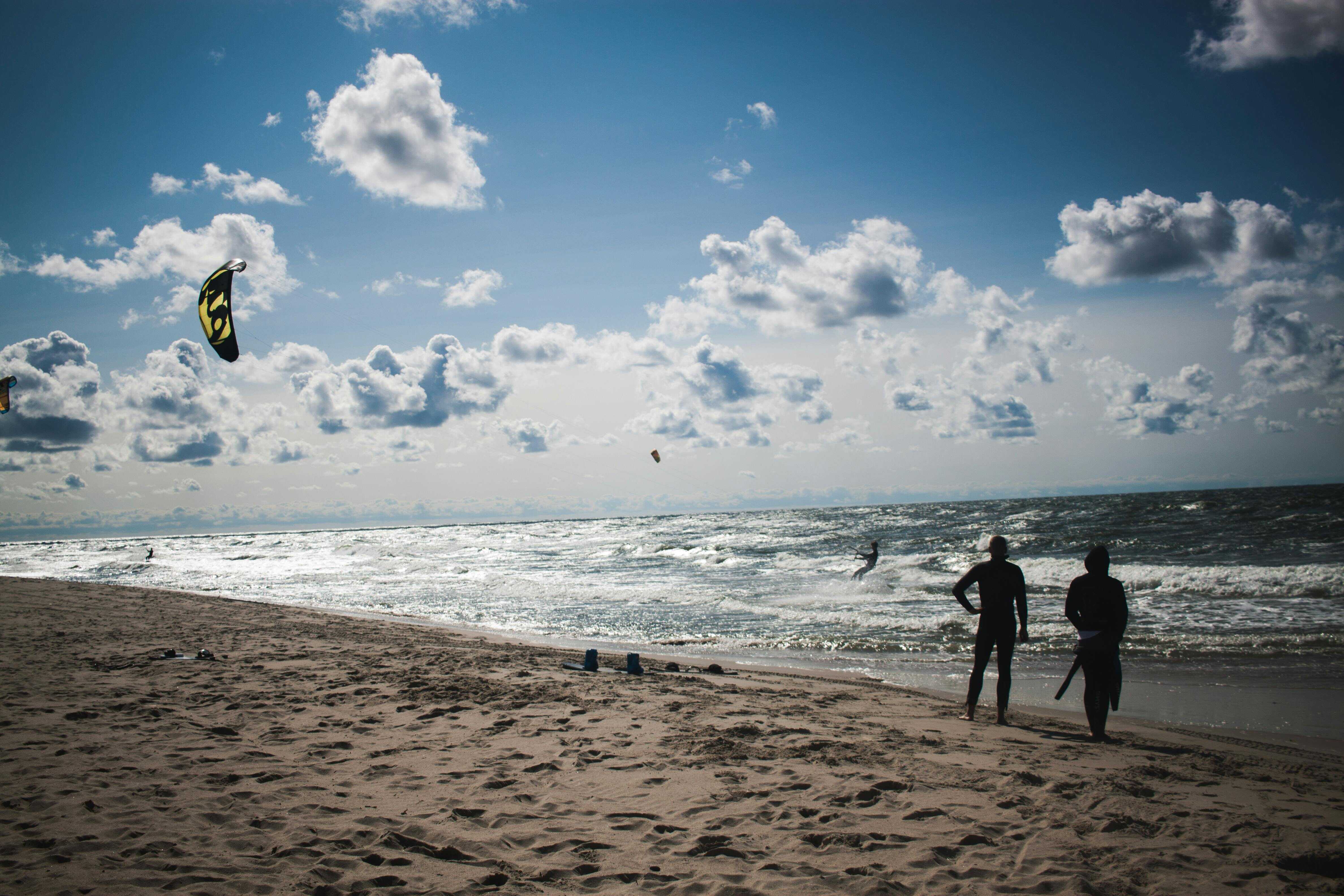
This is a great location for kitesurfing. There is also a beach cafe, regular kayak tours, and shaded seating areas close to the sea for tourists. If you are visiting with the whole family, this is an excellent holiday destination. Another huge plus is that it is a Pet-Friendly place, so you can bring your pet with you without any problems.
Kite Beach Centre also offers surfing and kitesurfing lessons. Classes are available for students of all levels. Scuba diving and other water activities are also available.
To summarise...
Car rental service is a great way to explore the beauty of the UAE. You can move freely between different locations that you choose on your own. You can choose a comfortable sedan or a large SUV, depending on your budget and requirements. The rental time frame is also decided by you - a day, a week, a month or more. It is best to plan your route.
The Fortresses of Nafplio
Located approximately twenty miles away from Epidaurus, Nafplion is a small and charming harbor with a Venetian port and alleyways of Italian influence. The fortress, on the cliff road, was a secure spot for pirates in the 14th century. Then, under the Ottoman Empire, the executioner used to live there. Finally, it was transformed into a hotel in the 1970s, and is now a historical site in Nafplion that can be visited. Shuttles go back and forth all day long.
During the summer, you can enjoy sound and light shows here. Visit Nafplio to discover the Ancient Fortress of Akronafplio along with two Venetian Fortresses - Bourtzi in the harbour and Palamidi crowning the hilltop.
Naflio came to prominence as the first capital of Greece. When the capital moved to Athens, Nafplio settled into the role of quietly beautiful seaside resort. Located in the Peleponnese, Nafplio is a two and a half hour bus ride from Athens, or one hour fifteen minutes from Corinth. The old part of the town is situated on a spit of land that protrudes into the Argolic Gulf.
Sail out to Bourtzi Fortress
Walk along the harbourfront and you can’t help but notice a fortress covering an entire, tiny island in the gulf. The Bourtzi Fortress was built by the Venetians 600 meters from shore and can be reached by boat from the harbour along Akti Misouli. In modern times the fortress is sometimes used as a venue for the Classical Music Festival held in late May and early June.
Walk up to the Akronafplia Fortress
The second fortress in Nafplio sits on a promontory above the old city. Start from Saint Spiridons Square and walk up Potomaino, a stepped street. Enter the fortress through the gate at the top. Some of the walls here date back to the Bronze Age. Although the site was used as a political prison until the 1950s, most of it has since mouldered into the ground. The view however remains spectacular.
Hike up to the Palamidi Fortress
The largest and most spectacular fortress in Nafplio sits 216 meters above the city. The Palamidi Fortress was built by the Venetians from 1711-1714 and at the time was considered a masterpiece of military architecture.
Within the extensive outer walls are several independent bastions located across the site at strategic points. The Agios Andreas Bastion stands at the top of the stairs that come up from town. Originally the home of the Garrison Commander, it is named after the small chapel that sits in its inner courtyard.
The largest bastion, Miltiades was used as a prison for condemned criminals from 1840 – 1920. Theodore Kolokotrones, a War of Independence hero spent time there after being condemned for treason. Although you can drive up the backside of the mountain to reach the fortress, it is much more impressive to climb up the innumerable stairs– 999 according to locals. Be sure to pause along the way to catch your breath and enjoy the increasingly stunning view.
Enjoy the Ambiance
After a long day of discovering the sites, take time to unwind. Choose one of the many seaside restaurants, order a bottle of wine and revel in the fresh sea air. Remember, you’re in Greece where of an evening there is nothing more pressing than a leisurely meal in the company of friends. When the last after dinner coffee is gone, enjoy a stroll long the waterfront. The lights dazzling the Bourtzi Fortress across the water bring an excellent close to your day in Nafplio.
Source: Easy voyage
By Gwendolyn Copeman
Second Vote In Parliament Concludes
The second vote for the critical Presidential elections took place shortly after noon in Parliament, where as expected, the Assembly failed to elect a new President. The MPs will vote for a third time on the 29th of December.
In total 168 MPs supported the candidacy of the sole Presidential candidate Stavros Dimas, while 131 MPs voted against him and one MP as absent for the vote. This result marks an improvement over the first disappointing -for the government- vote.
In order to avoid snap elections, the coalition government will have to secure the support from a further 12 MPs in order to reach the goal of 180 votes in the Presidential election. Should Parliament fail to elect a new President, then general elections will called, with the 25th of January being the likeliest date.
The coalition government saw MPs Spyros Lykoudis, Grigoris Psarianos, Kostas Giovanopoulos, Christos Aidonis, Mika Iatridi, Panagiotis Melas, Stathis Boukouras and Chrysovalantis Alexopoulos.
To read more, please visit tovima.gr/en
Tourlou Tourlou Briam
- 2 cups sliced eggplant (approx 2 medium eggplants)
- 2 cups sliced zucchini squash /green or yellow or combination of both (approx 2 medium squash)
- 3 cups sliced potatoes (2 large baking potatoes)
- 1 1/2 cups thinly sliced onions (1 medium sweet white onion)
- 6 large cloves garlic (sliced very thinly)
- 3 cups sliced tomatoes (approx 4 large ripe tomatoes)
- 3 tbsp sliced fresh basil
- 1 cup olive oil
- 1 tsp salt/ 1 tsp fresh ground black pepper
- 2 cups peeled, crushed tomatoes (approx 3 large tomatoes)
- 1/2 cup water
- 1/2 tsp sugar
Greek Traditional Products
Mountain Sports: Popular Destinations In Greece
Aegean Airlines Supports Documenta 14 By Adding Direct Flight From Athens To Kassel
Photo Credit: Greek Travel Pages
July 25 - A Summer Of Change
Festive Season At The Acropolis Museum
Duration: 90 mins
Ages: 6-11 years old
Participacion: Participation for children is free. A general admission fee (5€) is required for
parents/escorts
Reservations: For registration, please refer to the Information Desk at the Museum entrance on the same day. First-in first-served (25 children per workshop)
The workshops are held by the Department of Educational Programs – Acropolis Museum and the Department of Information & Education – Acropolis Restoration Service (YSMA).
Gallery talks “The lost statue of Athena Parthenos”
The Acropolis Museum brings to life, digitally, the statue of Athena Parthenos. Made of gold and ivory, this masterpiece was designed by Phidias for the Parthenon. The Museum invites you on a walk of knowledge about its construction materials and techniques, its myths and allegories, its radiance and its adventures.
Days & hours: Saturday 7/12, Saturday 14/12, Saturday 21/12 & Saturday 28/12, at 11 a.m. in English and at 1 p.m. in Greek
Duration: 50 mins
Participation: The gallery talk is free of charge. Only the permanent exhibition ticket is required (5€).
Limited to 30 visitors per session.
For registration, please refer to the Information Desk at the Museum entrance on the same day. First-in first-served.
Gallery talks at the exhibition “Chisel and memory. The contribution of marble craftsmanship to the restoration of the Acropolis monuments”
The temporary exhibition was organized by the Committee for the Conservation of the Acropolis Monuments and the Acropolis Restoration Service (YSMA).
Days & hours: Saturday 14/12, Saturday 21/12 & Saturday 28/12, at 12 noon
Duration: 40 mins
Participation: The gallery talk is free of charge. Limited to 25 visitors per session.
Music and carols at the Acropolis Museum
On Sunday 22 December, at 12 noon, the Acropolis Museum will host the Jazz Octet of the Athens Military Guard for a music concert at the Museum ground floor, including jazz and Christmas world renowned melodies.
On Monday 23 December, at 12 noon, the Vrakoforoi Cretan Dance Group will sing traditional Christmas carols at the Museum ground floor.
On Tuesday 31 December, at 12 noon, the Association of Asia Minor “Nees Kydonies” will sing traditional New Year’s carols at the Museum ground floor.
The Acropolis Museum Charm for 2020
According to myth the tortoise won the race over the hare, the former with his patience and dedication winning over the flippant self confidence of the hare. The ancients considered that the benevolent tortoise protected them from the evil eye and that its blood was an antidote to poison. A tortoise lead weight featuring a tortoise in relief of the 3rd to 1st century BC inspired the Museum’s charm of 2020. You can see the original exhibit in showcase 2 (no.11) of the Gallery of the Slopes at the Acropolis Museum.
Festive meals and Christmas mood at the restaurant
During the festive season, the Museum restaurant will serve traditional festive meals and sweets. Christmas jazz nights are also taking place every Friday night by famous jazz music ensembles. For reservations please contact the restaurant during Museum opening hours on +30 210 9000915.


